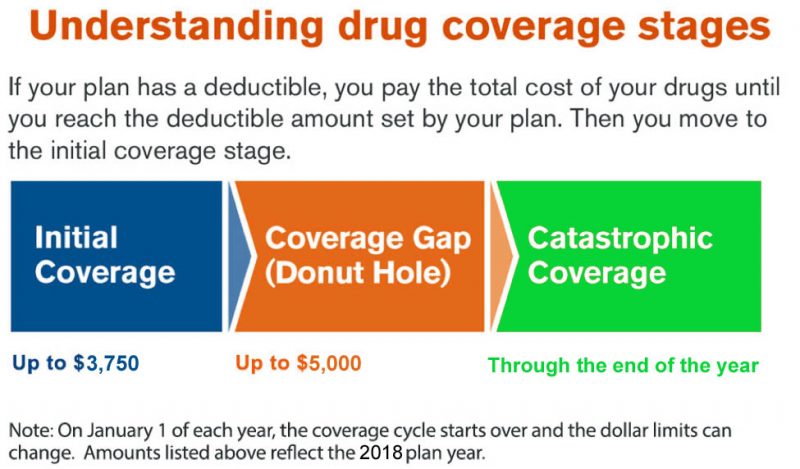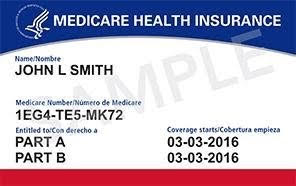Ebola FAQ
What is Ebola?
There are five types of Ebola virus. Four of them cause the disease in humans. The strain that is going around is a rare but deadly virus that causes bleeding inside and outside the body. It spreads through the body damaging the immune system and organs and eventually causes the cells that clot the blood to die. Once you are no longer able to clot blood, your body bleeds uncontrollably.
The disease, kills up to 90% of people who are infected.
The Ebola virus first appeared during two 1976 outbreaks in Africa. It gets its name from the Ebola River, which is near one of the villages in the Democratic Republic of Congo where the disease first appeared.
How Do You Get Ebola?
You are more likely to get a colds, the flu or measles than you are Ebola. You can only get it by direct contact with the skin or bodily fluids of an infected person or animal. Generally the people who care for the ones infected with ebola or the ones who bury them are the ones that often get it.
You can also get Ebola from contaminated needles or surfaces. Ebola can live up to 6 weeks in certain environments.
They say you CAN NOT GET Ebola from the air, water, or food. Also, you cannot spread Ebola unless you have symptoms. You may carry the virus, but if you have no symptoms, you are not contagious.
What Are the Symptoms?
Ebola starts out like the flu or common cold. After 2 to 21 days of infection the symptoms progress to include:
High fever
Headache
Joint and muscle aches
Sore throat
Weakness
Stomach pain
Lack of appetite
As the disease gets worse, it causes bleeding inside the body, as well as from the eyes, ears, and nose. Some people will vomit or cough up blood, have bloody diarrhea, and get a rash.
How Is Ebola Diagnosed?
Unfortunately it is hard to tell if someone has Ebola from the symptoms alone, as you can see. Doctors test to rule out other diseases like cholera or malaria. This could explain the rapid spread. They can also test blood and tissue to diagnose the virus.
If you contract Ebola, understand, you will be quarantined immediately from the public to prevent the spread of this deadly disease.
How Is Ebola Treated?
There is no known cure for Ebola. Researchers are working on experimental treatments including a serum that destroys infected cells.
When Dr Elke Muhlberger, PhD, a microbiologist at the Boston University School of Medicine, who specializes in the study of filoviruses, the virus family to which Ebola belongs and Dr Amesh Adalja, MD, an infectious disease specialist at the University of Pittsburgh Medical Center and Dr Thomas Geisbert, PhD, a microbiologist and immunologist who specializes in Ebola at the University of Texas Medical Branch in Galveston were asked about Ebola, here were their responses.
1. Why are humans so vulnerable to Ebola?
Muhlberger: Ebola virus causes a very severe disease in humans, and that’s also the case in monkeys and great apes. In great apes it’s a really big, big issue, because they’re very close to extinction.
But other animals, say mice and guinea pigs and bats, don’t have any problems controlling Ebola virus infection. They don’t get sick, and they are quite happy if they’re infected with Ebola in the wild.
If we are, in a very bad sense, the exception in terms of Ebola, the question is why are we so vulnerable? What are the differences in the immune response in mice and bats that keep them safe compared to humans?
2. Which patients may be likelier to spread the virus?
Adalja: We know how people catch Ebola. It’s only passed through close contact with the bodily fluids of infected individuals.
But what we don’t really know is whether some people may spread the disease at different rates than others.
With smallpox, for example, people who bleed from their mouths and noses, a rare form of the disease called hemorrhagic smallpox, are more contagious than people who have the disease, but don’t bleed.
Sicker patients may be more apt to spread the virus. Or maybe they are less risky because they’re more likely to be bedridden and thus not able to interact much with others.
We know that 50% of [people with] Ebola cases bleed internally, or hemorrhage, and 50% don’t. Does that make them more likely to spread virus or not? There are people who may be vomiting more than others, or having more diarrhea. All those factors may be things that determine how likely a person is to spread the disease.
I think that’s an important thing to figure out, because if you knew that, then you’d prioritize the contacts of those super-spreader types, because that’s where you’d have the biggest impact.
We understand how it’s transmitted. During an outbreak, it’s important to figure out who are the main sources of infection. Is everybody equal, or not?
3. Where does the virus lurk when it’s not making people sick?
Muhlberger: There must be an animal where the virus lives before it moves to humans. We call that a “reservoir.”
So, what is the natural reservoir for Ebola?
There are some indications that fruit bats are this reservoir, but nobody has ever isolated Ebola virus from fruit bats.
We’ve found antibodies and RNA in fruit bats, but not infectious virus, so we have to guess. We’re not sure.
Geisbert: I think this is a really important question.
In this current outbreak in West Africa, was the virus always there? The genetic sequences suggest it has been there for a while as opposed to coming from Central Africa, but how long was it there? How long did it maintain itself in nature and not pop up until now, or did it pop up before and just wasn’t recognized?
Did it emerge because of some environmental condition? Is it more people? Is it people encroaching on areas that before didn’t have close contact with it? I think that’s important to understand.
4. Can many more lives be saved with the right intensive care treatment?
Muhlberger: We always hear that 50% to 90% of patients die of this disease, but now with the patients coming to the U.S. and getting intensive care treatment, all of them have survived so far, and some of them seemed to be severely ill.
So if they get the treatment they need, which is rehydration — that’s very important, electrolyte treatment — it seems it is possible to save these patients and to save their lives.
So that’s my question: Is it really necessary that anyone dies from Ebola virus if we know that intensive care treatment helps to save these people who are infected? Because for me it was a big surprise and a good surprise that so far, all the patients treated here have survived.
Adalja: We have wildly varying fatality rates that vary among Ebola strains and vary among outbreaks. It’s really important to know why. Is it due to the fact that supportive care is or is not given to a patient, or are there genetic markers that give somebody a survival advantage with Ebola like there are with other infectious diseases?
5. Do quarantines work?
Adalja: I think a quarantine is a last resort. It’s something that’s really hard to enforce and has a lot of downsides to it. One of the downsides is that when you quarantine a population, you not only prevent people from leaving, you prevent things from going in. So you prevent public health experts from going in. You prevent doctors from going in, you prevent food and water from going in. You have waste piling up. You have dead bodies piling up. You have dogs eating the bodies like we saw in the West Point neighborhood [in Monrovia, Liberia]. And then you have massive distrust of the population because they’re now stuck in this area they can’t get out of. Often excessive force is used. So, during the West Point quarantine, people were shot. This is not something most public health people favor.
For Ebola, quarantining asymptomatic individuals doesn’t make sense, because Ebola is only contagious if a person has symptoms.
Geisbert: Historically, quarantines have worked really well, but this outbreak has broken a lot of rules.
Previously, there were smaller outbreaks, in more well-defined areas in Central Africa. And you had some groups that had a substantial amount of expertise in knowing how to handle them and properly quarantine and trace contacts, etc.
It was a sad situation for the affected area because some of these outbreaks have had case fatality rates up to 90%. They would quarantine the people and identify close contacts of people who were potentially exposed and isolate them and quarantine them, and it just burned out.
And here, what you have now in West Africa, everything happened concurrently across this huge geographic area, and it became like whack-a-mole. And the resources of the people who knew how to put these things out were spread so thin, they couldn’t deal with everything at once. You just have very poor countries, poor public health infrastructure, and an area that had never experienced Ebola before, so you have the education of the public and just kind of helter-skelter situation there and not really being able to properly quarantine.
6. How to treat or prevent Ebola infections?
Geisbert: It’s true that we don’t yet have an effective vaccine or treatment for humans, yet.
But we have vaccines that can completely protect monkeys against it. We have drugs — ZMapp and TKM-Ebola — that when given even after exposure can completely protect monkeys against it. So I think that there’s been a lot of progress in the last 5 to 10 years in developing effective countermeasures.
The glitches and delays have been in getting funds to these small biotech companies who have been involved in the development of some of these really promising countermeasures.
Test your knowledge on Ebola




